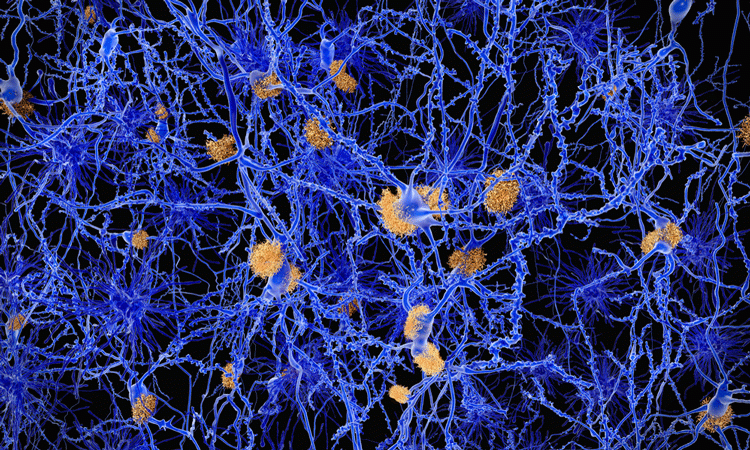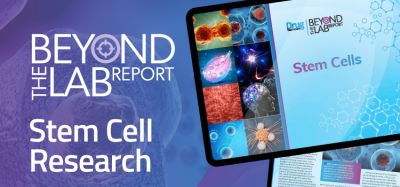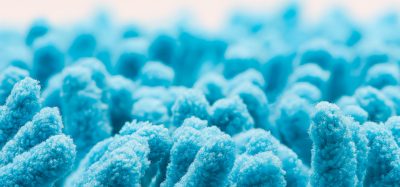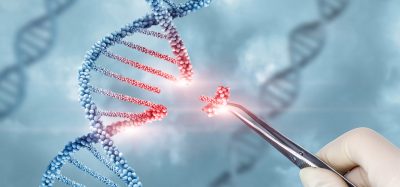pH imbalance in astrocytes may lead to Alzheimer’s disease
Posted: 6 August 2018 | Drug Target Review | No comments yet
The researchers found that 10 of the 100 most frequently down-regulated genes were connected with proton flow in the cell…


Researchers have identified that a simple pH imbalance in astrocytes could be the root of Alzheimer’s disease (AD).
Scientists at Johns Hopkins Medicine said they have found new evidence in lab-grown mice brain cells that an imbalance in acid-alkaline chemistry in the endosomes may be a cause of AD. Astrocytes normally clear the amyloid β proteins between neurons, however if this process becomes skewed, the proteins build up, and form the characteristic plaques identified in the disease.
The researchers conducted in vivo experiments on mice engineered with a common Alzheimer’s gene variant, where histone deacetylase (HDAC) inhibitors were administered. This successfully reversed the pH imbalance and improved the capacity for amyloid β clearance. HDAC inhibitors are approved for use by the FDA for some blood cancers, but not for AD, as the drug is not able to cross the blood-brain barrier – a significant issue for brain disorders.
The team said that additional experiments will identify if the same effect can be seen in lab-grown astrocytes from AD patients, and that there are methods to potentially design the drug to enable it to cross the blood-brain barrier.
Before these experiments can occur, the scientists warn that further research into the relationship between amyloid proteins and AD is necessary.
“By the time Alzheimer’s disease is diagnosed, most of the neurological damage is done, and it’s likely too late to reverse the disease’s progression,” said Professor of Physiology, Dr Rajini Rao.
“That’s why we need to focus on the earliest pathological symptoms or markers of Alzheimer’s disease, and we know that the biology and chemistry of endosomes is an important factor long before cognitive decline sets in.”
Around 20 years ago, scientists discovered that the circular components that carry cargo within cells, called endosomes, are larger and more abundant in individuals with AD. This hinted at problems with endosomes in individuals with AD, that could lead to the accumulation of plaques, said Prof Rao.
Proteins that shuffle charged hydrogen atoms, protons, in and out of the endosome lie within the endosome membrane. The number of protons in the membrane determines its pH.
The researchers identified previous studies where pH imbalances occurred in AD cases and found that 10 of the 100 most frequently down-regulated genes were connected with proton flow in the cell.
In brain tissue samples of 96 people with AD and 82 without AD, gene expression of proton shuttles in endosomes, known as NHE6, were 50 percent lower in AD brain samples. In mice astrocytes and studies using lab-grown human cells the amount of NHE6 was also around half found in normal cells.
“Without properly functioning NHE6, endosomes become too acidic and linger inside astrocytes, avoiding their duties to clear amyloid beta proteins,” said Prof Rao.
The scientists also found that a protein called LRP1 which picks up amyloid β proteins from outside astrocytes and delivers them to endosomes, was half as abundant on lab-grown mouse astrocytes with a human AD genetic gene variant.
The researchers went on to test HDAC inhibitors on cell cultures of mouse astrocytes with the human AD genetic variant. HDAC inhibitors increased NHE6 expression to levels associated with mouse astrocytes without the AD gene variant. HDAC inhibitors were found to correct pH imbalance, which resulted in effective clearance of the amyloid β protein.
The study was published in the journal Proceedings of the National Academy of Sciences.
Related topics
Disease Research, Drug Development, Drug Discovery Processes, Drug Targets, Research & Development
Related conditions
Alzheimer’s disease
Related organisations
Johns Hopkins Medicine
Related people
Professor Rajini Rao








